As the highly anticipated solar eclipse approaches, there's an undeniable excitement in the air! Whether you're an avid astronomy enthusiast or simply curious about this celestial event, it's essential to be well-prepared for safe viewing. We'll guide you through the best practices and tips to ensure you enjoy this awe-inspiring experience without compromising your vision. So, grab your eclipse glasses and join us as we delve into everything you need to know for the perfect solar eclipse viewing adventure!
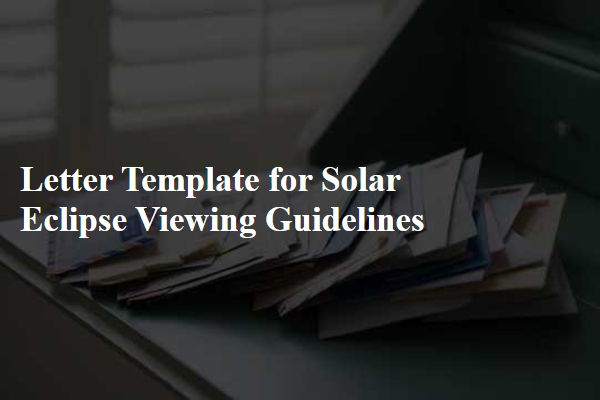
Safety Precautions.
During a solar eclipse, safety precautions are essential to protect eyes from damaging solar radiation. Specialized solar viewing glasses, meeting the ISO 12312-2 safety standard, should be worn to prevent serious injuries. Regular sunglasses, even those with high UV protection, are not sufficient. Pinhole projectors offer a safe indirect viewing method, ensuring no direct sunlight reaches the eyes. Observing during a partial eclipse requires awareness, as looking unprotected at the sun can cause permanent retinal damage. Events such as community viewing gatherings held at parks or planetariums often provide safe viewing equipment and expert guidance, enhancing the experience while prioritizing safety. Proper preparation and awareness contribute significantly to an enjoyable solar eclipse viewing.
Viewing Equipment.
Viewing solar eclipses requires specialized equipment to ensure safety and enhance the experience. Eclipse glasses, which are designed to meet the ISO 12312-2 international safety standard, should be used to protect eyes from harmful solar radiation. Filters for telescopes or binoculars, specifically solar filters, must be mounted securely in front of these devices to prevent permanent eye damage. Pinhole projectors offer a simple method to observe the eclipse without direct eye exposure, utilizing basic physics principles to project the sun's image onto a flat surface. Locations for viewing, such as national parks or dedicated astronomy observatories, often provide tools and guided experiences to enrich understanding of this celestial phenomenon. Proper equipment ensures safe, enjoyable viewing during events like total solar eclipses, which occur approximately every 18 months in various locations around the globe.
Time and Duration.
The solar eclipse phenomenon captivates millions of viewers worldwide, occurring on a specific date, such as April 8, 2024, spanning across the United States. Totality, the moment when the moon completely obscures the sun, will last several minutes, varying by location, with some areas experiencing up to four minutes of darkness. Advance viewing preparations can enhance the experience, including the use of certified solar viewing glasses that meet the American National Standards Institute (ANSI) requirements for safety. Optimal viewing conditions require clear skies, making advance weather forecasts essential for planning. Locations such as parks and observatories offer organized viewing events, ensuring a communal experience. Engaging local science museums can provide expert guidance on safe viewing practices and enrich understanding of the eclipse's celestial mechanics.
Location and Weather.
The annual solar eclipse, specifically the total solar eclipse occurring on April 8, 2024, presents a unique astronomical event visible across North America, including popular locations such as Texas, Indiana, and Maine. Optimal viewing conditions require clear skies, so monitoring the local weather forecast for these regions is essential, especially since cloud cover can diminish visibility. Areas like the city of Austin, known for its sunny climate, often experience favorable weather during this time, while coastal cities may contend with unpredictable fog and precipitation. Ideal viewing spots should be away from urban light pollution, providing better contrast for observing the solar event. Preparing with proper solar viewing glasses certified for ISO 12312-2 standards (to protect against harmful rays) is crucial for safely witnessing the eclipse without eye injury.
Educational Context.
During a solar eclipse, such as the one occurring on April 8, 2024, it is crucial to prioritize safe viewing practices for educational settings. Students (typically ages 6-18) should use certified solar viewing glasses (ISO 12312-2 compliant) to protect their eyes from harmful solar rays. Projected images via pinhole projectors can serve as an engaging educational tool without direct sunlight exposure. Educational institutions, like schools in Texas, often organize viewing events to promote understanding of celestial events and their scientific significance. Teachers should discuss the mechanics of solar eclipses, emphasizing phenomena such as the umbra and penumbra, allowing students to grasp the intricacies of these rare occurrences. Safety measures, including supervision and accessibility for all students, remain paramount during such events.

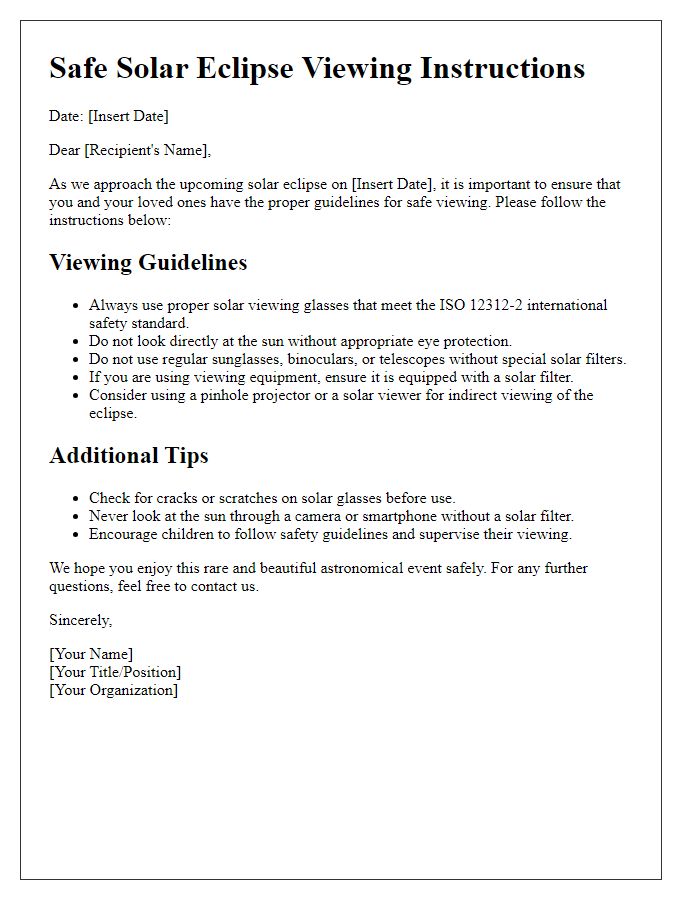
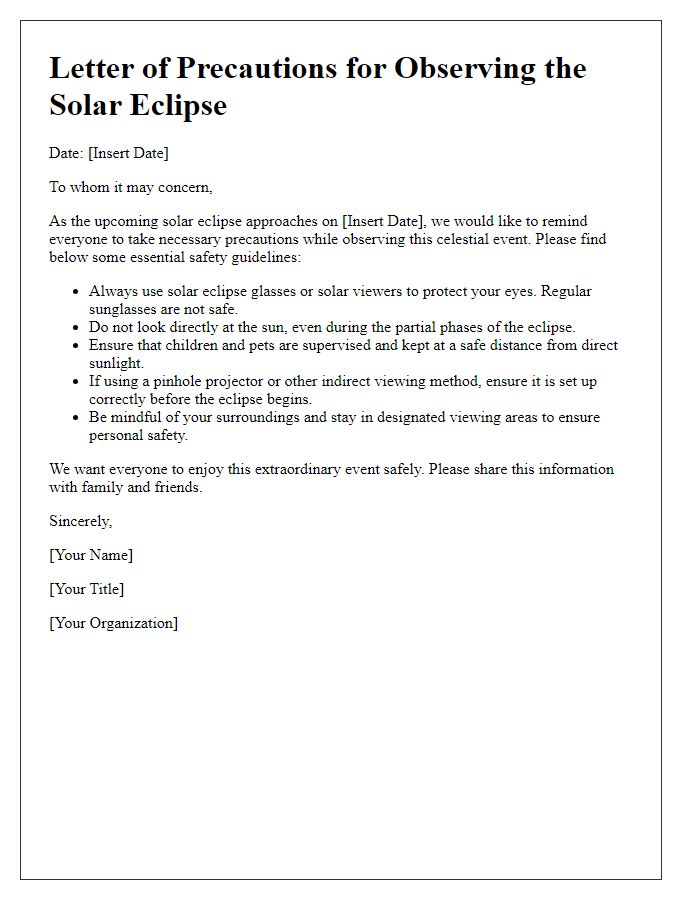
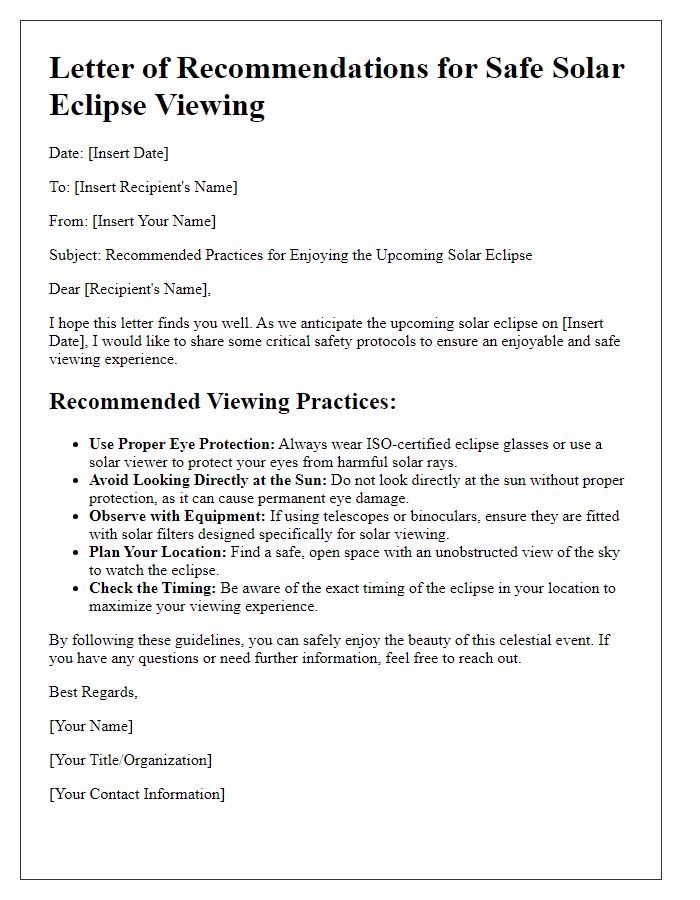
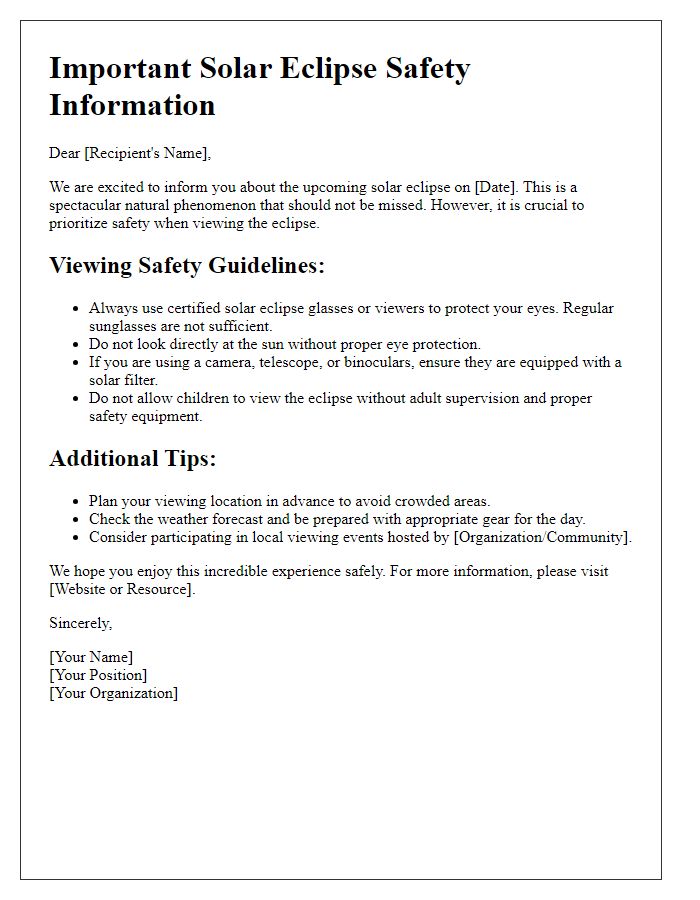
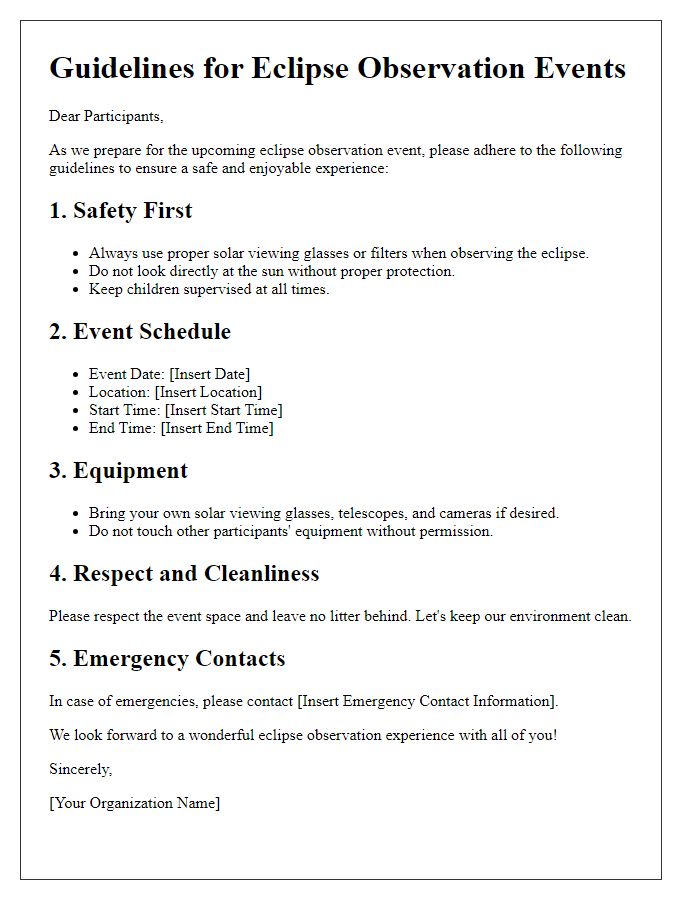


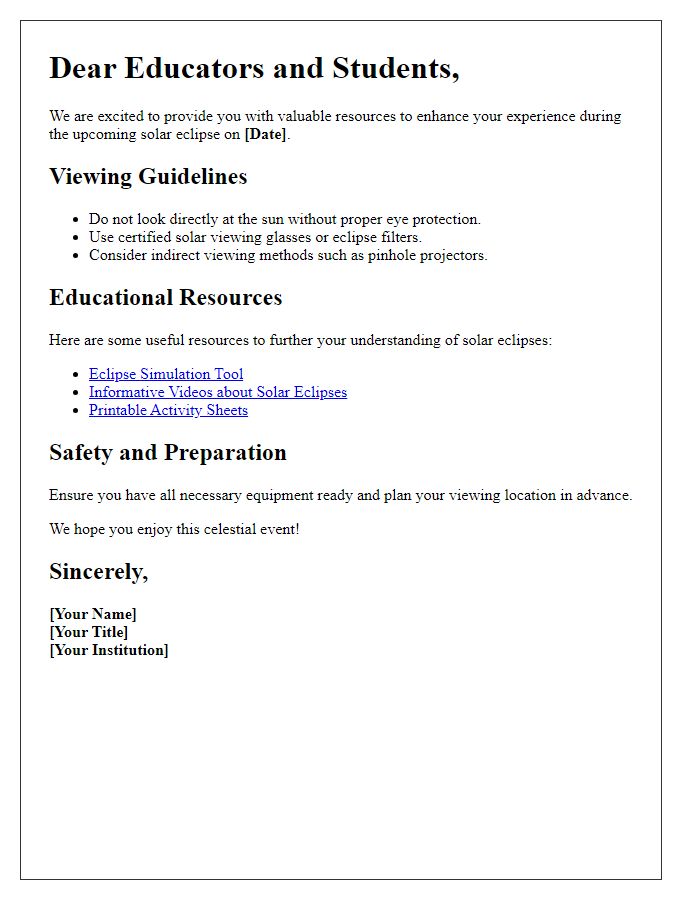
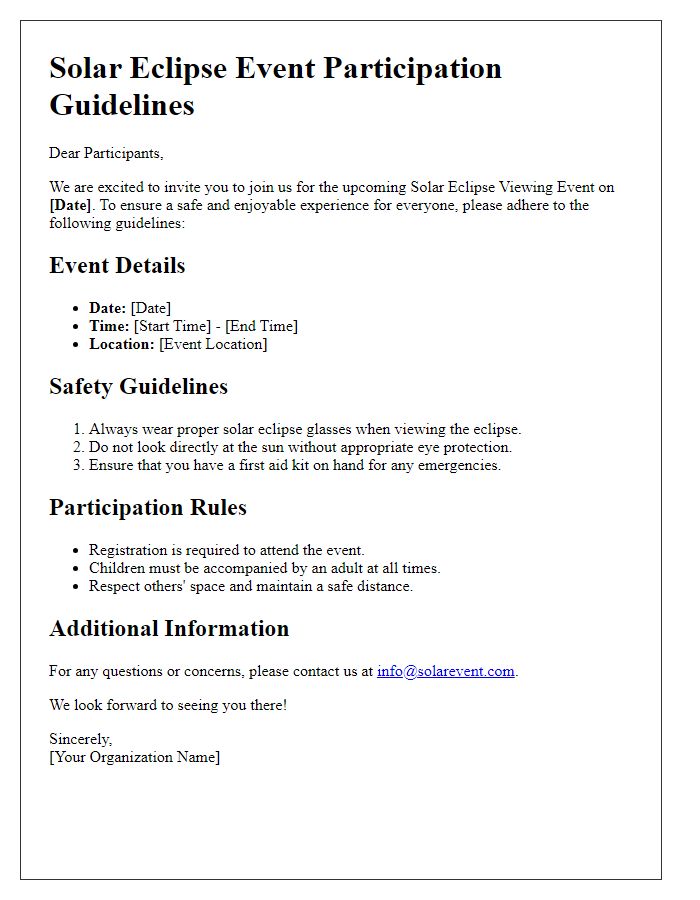
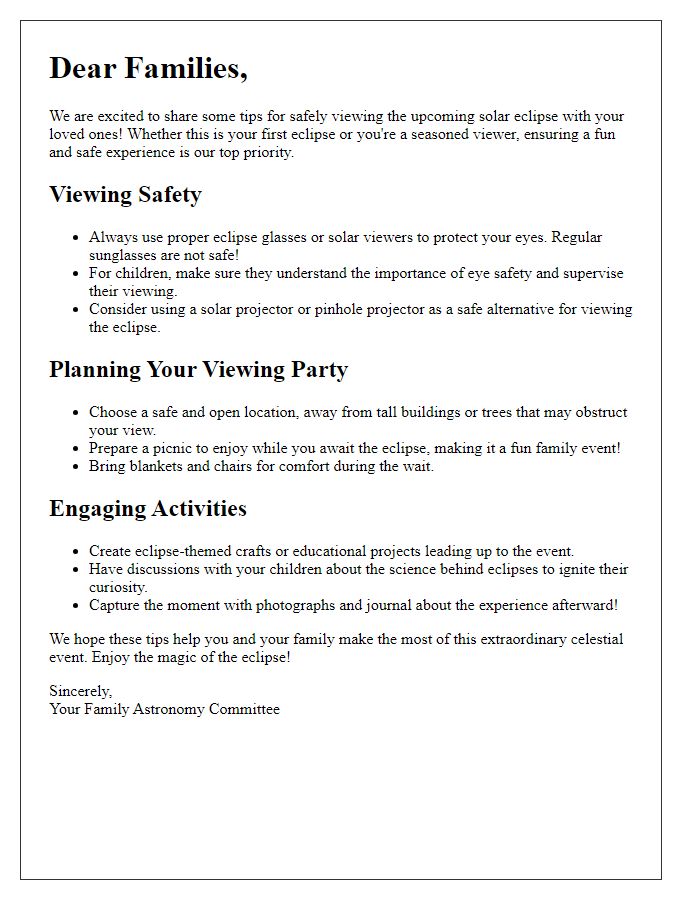


Comments